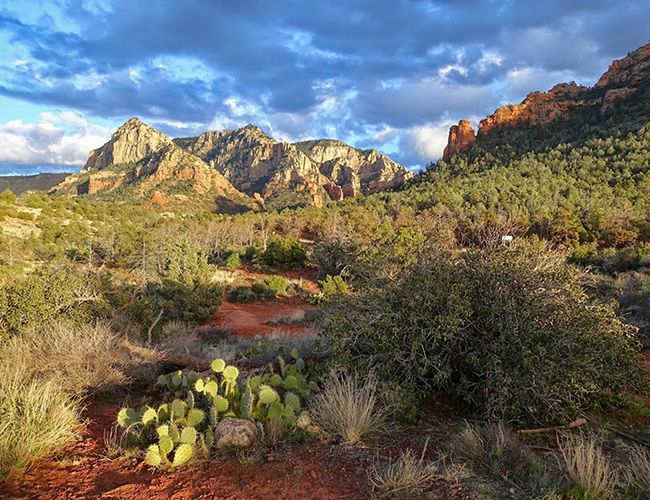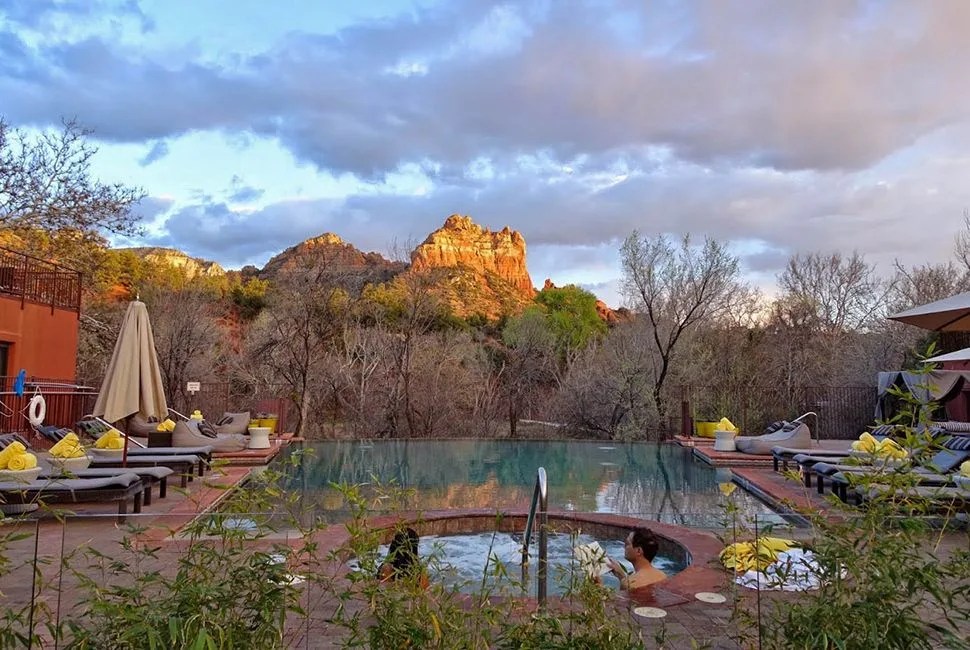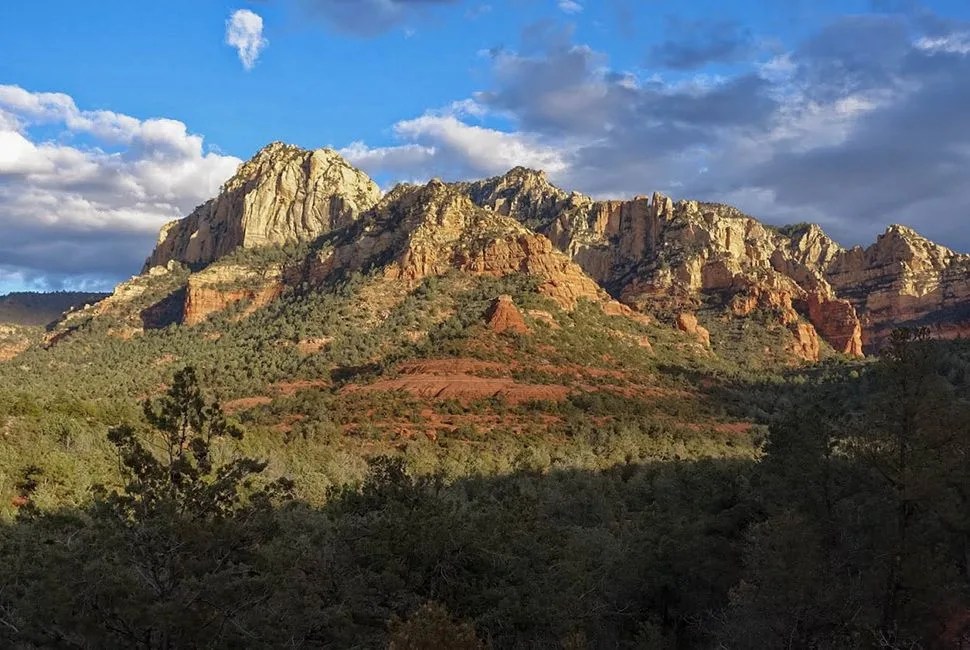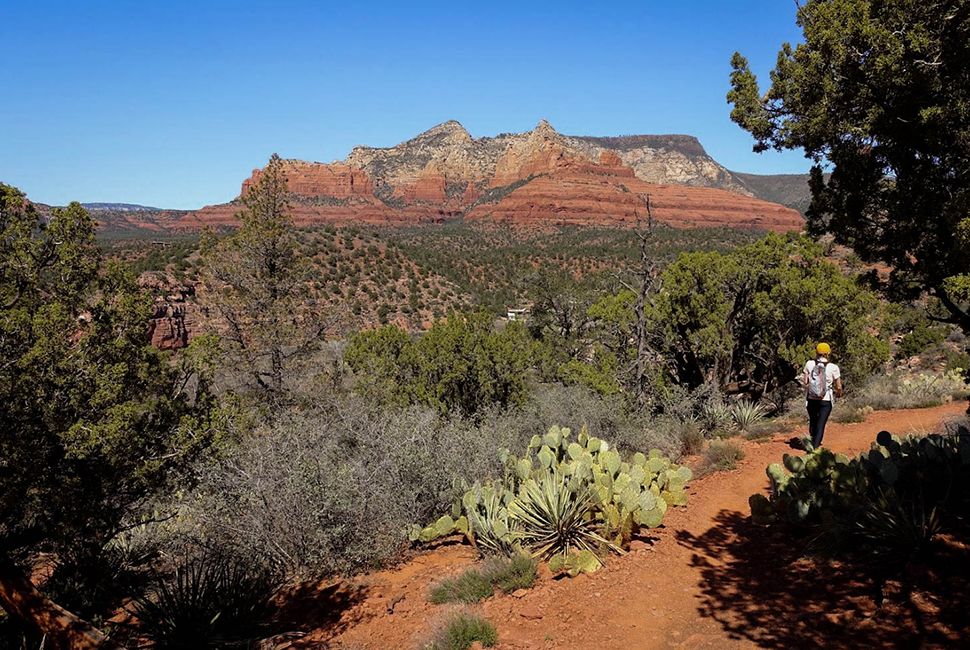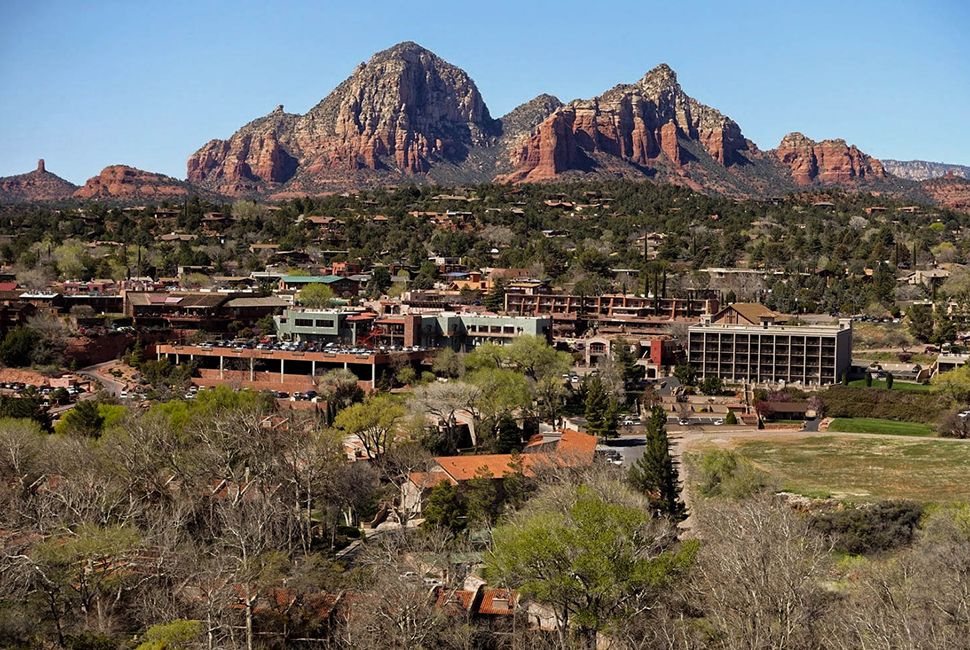10 photos
ROAD N✍TES
Editor’s Note: Will McGough eats world travel, with a side of wide-ranging adventure, for breakfast. But one of his favorite spots is in the American West’s backyard.
Six months ago, a group of friends asked me to rattle off some of my favorite hiking regions in the States. I told them I had a lot of good memories from Hawaii, and that California and Colorado had amazed me on more than one occasion. But if I had to pick one place that has surprised me the most, it would definitely be the Southwest, specifically central and northern Arizona.
They all looked at me. Arizona — a.k.a. the desert — was not the answer they were expecting.
I was not surprised by their skepticism. I took a while to come around on Arizona myself. The first time I saw the state was during a cross-country drive from New Jersey to California. I stopped in Tucson for the night, and I remember it being over 100 degrees at midnight. I continued west the next day, driving for hours across barren landscape, hanging T-shirts from the windows to block the relentless sun. I didn’t think much about it: just “Good riddance Arizona, hello California.”
Then, about a year later, my friends and I took a trip to the Grand Canyon, and that was all she wrote. My impressions, expectations, and assumptions of the past year were all changed the minute I walked up and peered down over the South Rim. I had to see more.
The landscape of the entire Colorado Plateau is so unique that only one place in the world, Central Australia, comes even close to comparing.
